A tough workout adds stress to your body and causes muscle tissue to break down. In other words, working out hard makes you weaker — temporarily, at least. It’s what you do before and after a workout that determines how quickly your body can recover, repair the inflicted damage, and come out stronger on the other side. That’s called supercompensation and it’s a key factor in muscle recovery.
In this article, I’ll share a few tips and tricks for recovering from a workout faster, drawing on my experience as a former professional athlete and a current CrossFit enthusiast.
I’ll also bust some myths related to working out while fasting and the importance of having a protein shake right after a workout.
What Happens During an Intense Workout?
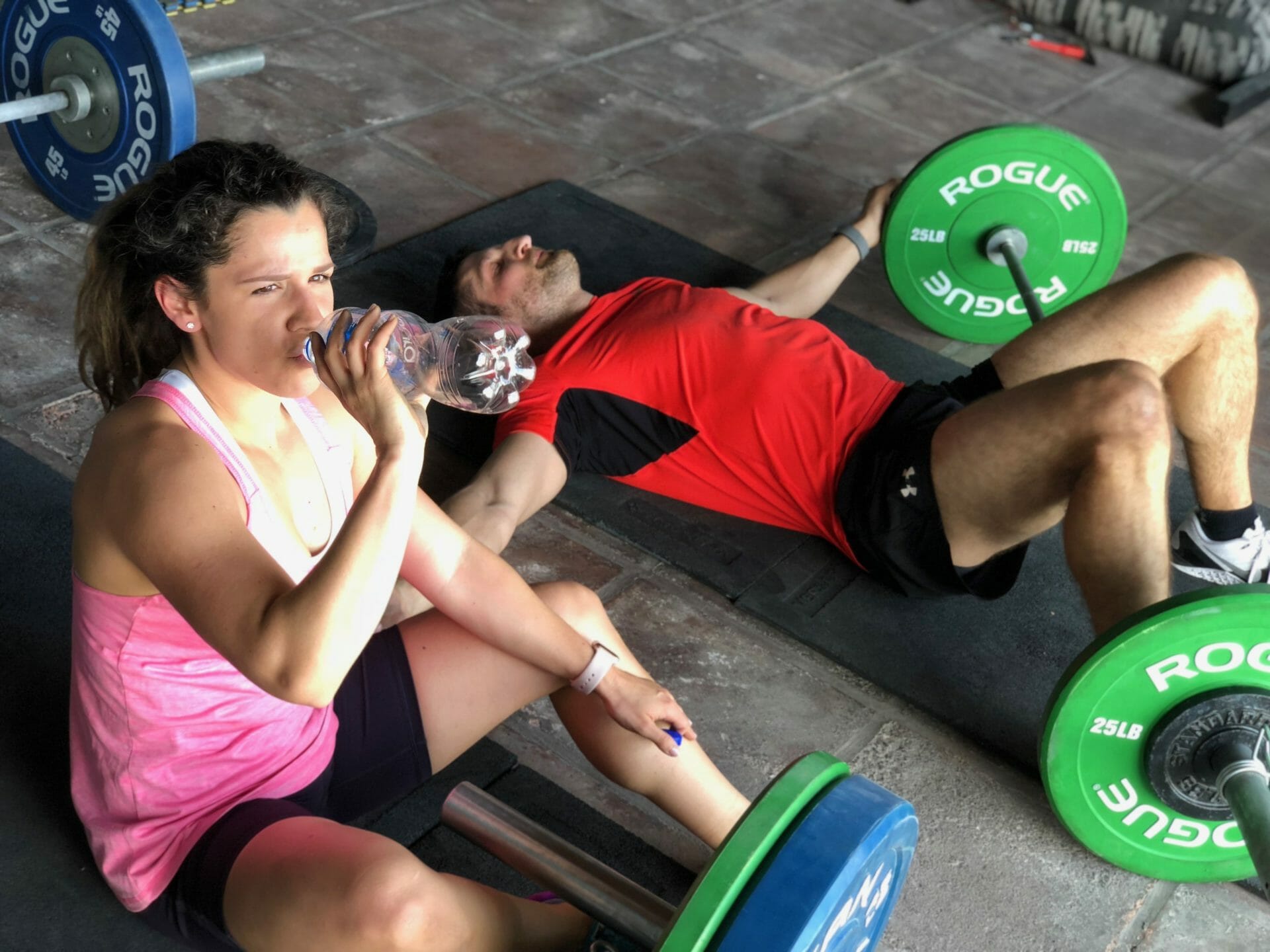
Anaerobic exercises such as weight lifting, High Intensity Interval Training (HIIT) and CrossFit have a catabolic effect on muscle tissue. In other words, those types of exercises cause muscle tissue to get damaged, tear and break down.
The counterpart of a catabolic process is an anabolic process that leads to the repair and building of muscle tissue. Your lifestyle, diet and other factors determine how quickly and efficiently your body can enter an anabolic state and start repairing damaged tissue.
Muscle Breakdown and Rhabdomyolysis
An extreme case of a catabolic process is called rhabdomyolysis (or rhabdo) — the breakdown of damaged skeletal muscle. Rhabdomyolysis can occur for numerous reasons, including pathological muscle fatigue.
In other words, you can work a muscle so hard that it breaks down and releases myoglobin — a protein — into the bloodstream. That excess protein can damage your kidneys.
However, rhabdo is an extreme case that affects only about 26,000 people each year in the United States. While it’s important to know about rhabdomyolysis and recognize the symptoms, I don’t recommend constantly holding back and avoiding muscle failure because you’re afraid of it.
6 Tips For Improving Muscle Recovery After a Workout
Giving your body the right tools to enter an anabolic state and begin its repair process is incredibly important. The tips below are in order of their importance, so make sure you follow that order and don’t skip to the part that’s most convenient for you.
1. Protect Your Hormones by Protecting Your Sleep

I know you’ve already heard that a good night’s sleep is important. But there is a good reason why I consider sleep the number one muscle recovery factor.
During sleep, and during the restorative phases of sleep in particular, the body releases numerous hormones, including testosterone and human growth hormone (HGH).
While most people know that testosterone is an anabolic steroid that plays a major factor in muscle growth, what most don’t know is that the endocrine system releases most growth hormone during slow-wave or deep sleep, and most testosterone during REM sleep.
In other words, the more time you spend in those restorative phases of sleep, the better and quicker your body can recover.
According to studies, growth hormone levels peak during the onset of deep sleep and last for about 1.5 to 3.5 hours. That’s one of the reasons why the first half of your night is so important.
Additionally, the release of testosterone is linked with the onset of REM sleep, most of which occurs during the second half of the night. Studies have shown that fragmented sleep and lack of sufficient REM sleep can significantly disrupt or delay the release of testosterone.
As a result, sleep deprivation, alcohol consumption or other factors can significantly impair your body’s ability to fully recover.
Let me be as clear as possible — if you don’t consistently sleep well, it doesn’t matter what else you do. So don’t even bother taking supplements or getting a massage after a night out drinking. There is virtually nothing you can do to make up for a poor night’s sleep.
So think about that the next time you decide to party after a competition, a game or an intensive workout.
2. Fuel Your Body With the Right Food

The nutrients you get through the food you eat play a major role in how well your body functions and how quickly it can recover.
Your body requires certain macronutrients (such as protein and fat) as well as micronutrients (such as vitamins and minerals) to repair and grow muscle tissue.
As I’m sure you know already, protein is one of the most important building blocks of muscle tissue. That means you need to get sufficient quality protein from your diet if you want to build muscles and repair damaged tissue.
That’s one of the reasons why protein shakes and protein powders are so popular among fitness enthusiasts. However, your primary source of protein should be real food — ideally from pastured or wild-caught animals, such as cows, pork, poultry or fish.
Animal protein provides the most complete amino acid profile and the highest bioavailability. While you can certainly grow muscles on plant-based sources of protein, animals are the far better and more efficient source.
That’s because, throughout evolution, the primary source of protein for humans has been animals. As such, we’re genetically programmed to thrive on animal protein.
Hydration and Electrolytes
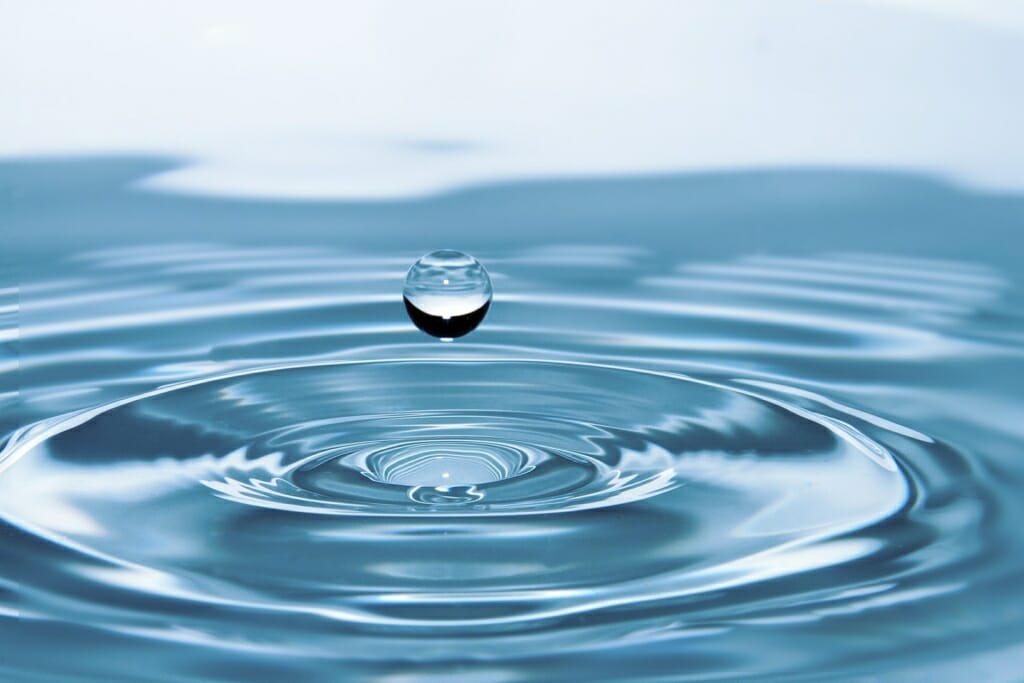
Staying hydrated and maintaining proper electrolyte levels are crucial for performance and recovery. That doesn’t mean you need to consume sugar-laden sports drinks, such as Gatorade, with every workout.
My recommendation is to drink plenty of water and make sure your urine looks clear — a sign that you’re properly hydrated.
As far as electrolytes are concerned, you can add a pinch of salt to your water bottle or use some of the better electrolyte supplements available on the market.
How Important Is a Post-Workout Shake?
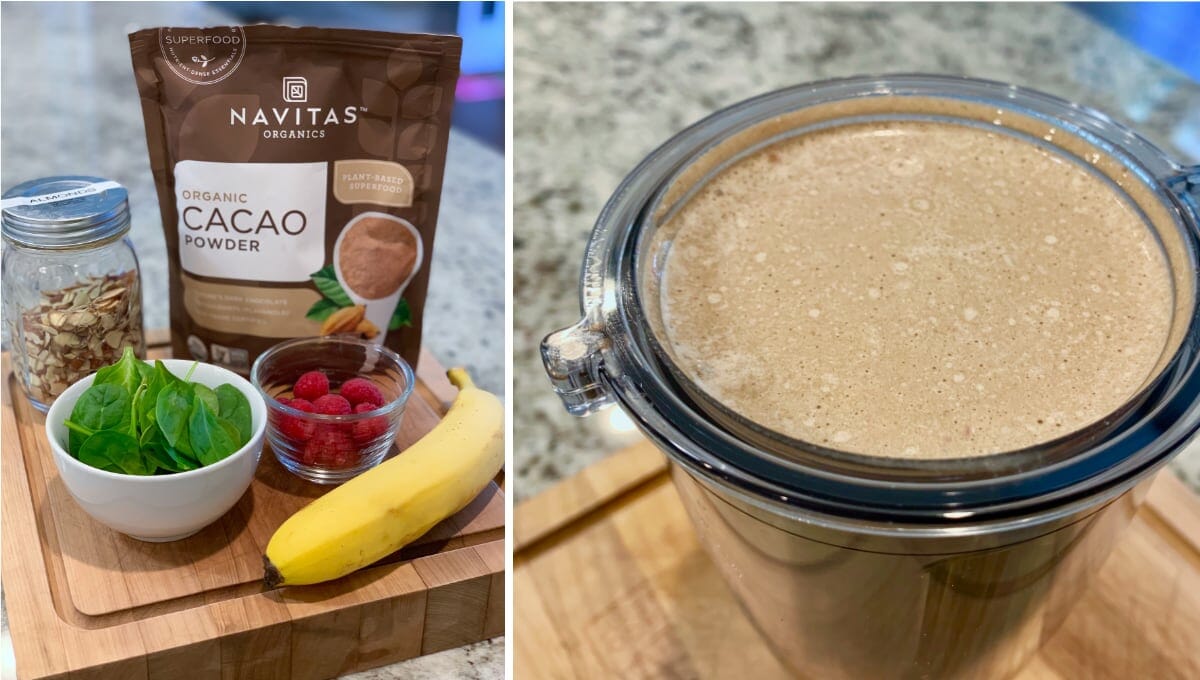
You’ve probably heard about the magic 30-60 minute window after a workout, during which your body absorbs nutrients — including protein — better than at other times. While it’s true that such a recovery window exists, I wouldn’t be too worried about it.
The fact is that if you maintain a diet that’s sufficiently high in protein, and if you consume enough protein throughout the day, you don’t need a protein shake immediately after a workout.
I usually work out 10 to 12 hours into a 16-hour fast, and I don’t have anything to eat right before or after. So far, I haven’t noticed any negative side effects as far as muscle growth or recovery are concerned.
The Role of Carbohydrates in Recovery
While the need for protein to build and repair muscles is pretty obvious, what about carbs? Do you need carbohydrates to recover?
As far as recovery is concerned, the primary role of carbohydrates is to help the body replenish empty glycogen stores. That’s because glycogen is a source of fuel during certain types of physical activity.
You can learn more about the impact of different diets on physical performance in this article. For now it’s important to understand that if your glycogen stores are depleted due to physical activity, consuming carbohydrates can help to quickly replenish them.
Post-Workout Carbs and Keto
But what if you’re on a ketogenic or low-carb diet? Should you consume carbs during or after a workout?
The short answer is “yes,” you can consume carbs after a workout — even if you’re on keto. But there are a couple of things to consider, including the timing and the type of carbs.
My recommendation is to use carbs with a lower glycemic index, such as the ones I mention in the supplements section below.
Additionally, there are studies that suggest that the body can take up glucose, triggered by exercise, without using insulin. That’s one of the reasons why Blonyx — one of my favorite supplement brands — has added organic sugar to its egg protein powder.
But what happens if you’re on a low-carb diet and don’t consume any carbs after a workout?
In such cases, the liver makes glycogen from non-carb sources using a process called gluconeogenesis. On keto, that usually means converting fatty-acids (fat) or amino acids (protein) into glucose.
3. Practice Active Recovery

When you have sore muscles and feel wiped out from a previous workout, exercising might be the last thing on your mind.
While conserving energy and allowing your body to divert its resources to recovery processes is important — aka passive recovery — it’s often better to actively recover by getting the blood flowing, enjoying a massage or leveraging percussion therapy.
The idea behind performing light physical activities — even if you’re so sore that you don’t want to move — is that increased blood flow delivers more nutrients to your muscles and other areas of your body, helping them recover quicker.
From experience, I can tell you that working out at a low pace reduces soreness and speeds up recovery.
4. Leverage Stretching, Massages and Percussion Therapy
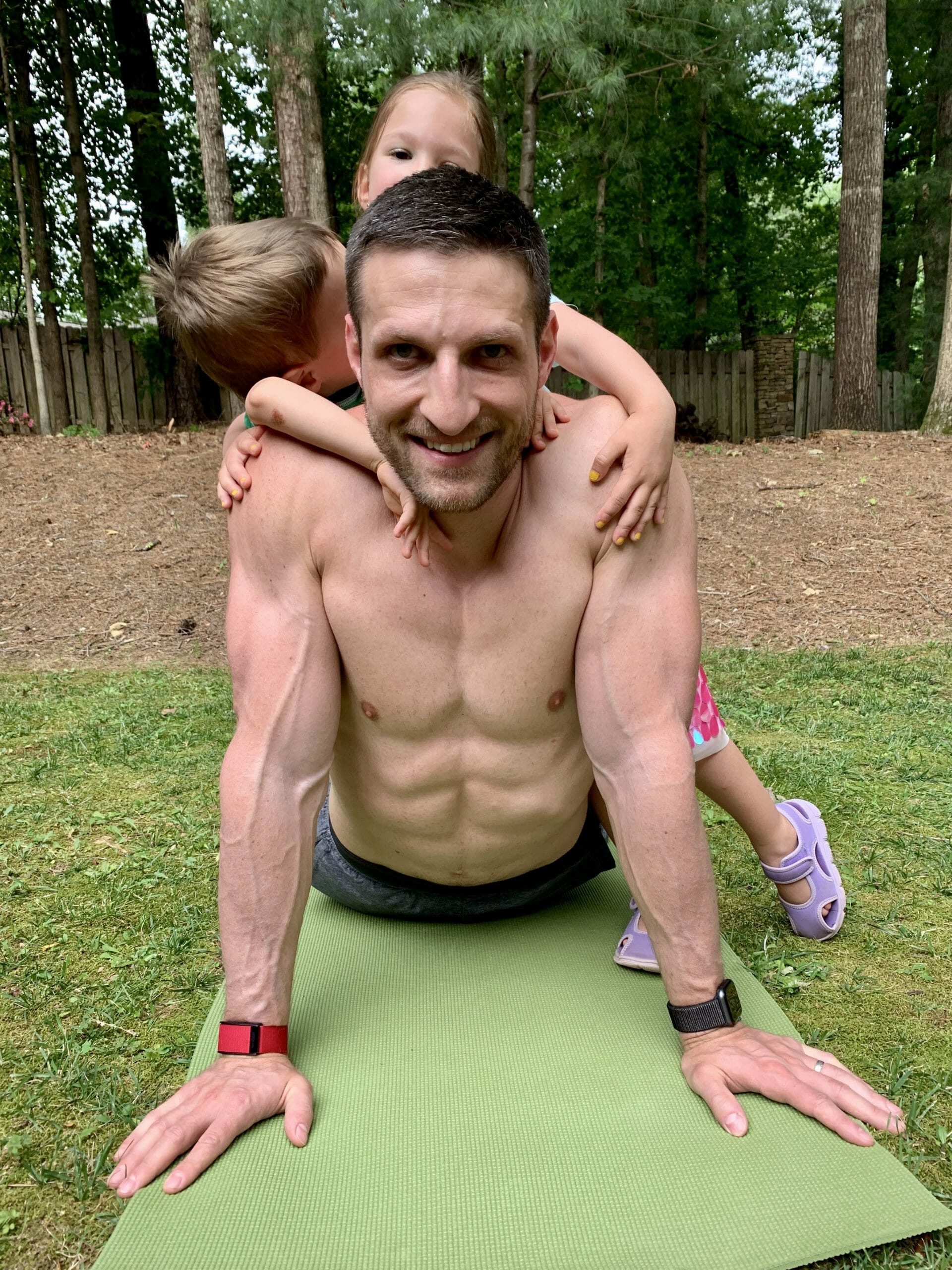
Other excellent ways to improve blood flow and flexibility, and thus recovery, are stretching, massages, foam rolling and percussion therapy.
During static stretches, you temporarily decrease blood flow to the affected muscles. However, when you release the stretch, blood flow rebounds and increases to higher levels than prior to the movement. That’s why I recommend performing stretching routines — such as Pliability — several times a week.
Additionally, static stretching has a positive impact on your parasympathetic nervous system (PSNS), which is the branch of the nervous system responsible for relaxation and digestion, among other things.
Interestingly enough, you can actually measure the impact of stretching on your PSNS by monitoring your heart rate variability — one of the key metrics that WHOOP, my favorite fitness tracker, uses to calculate its recovery score.
Other ways to relax stiff muscles and increase blood flow are massages and percussion therapy. I love massages, but I have neither the time nor the money to get a massage every day or after each workout.
That’s where percussion therapy devices such as Theragun can come in handy. You can use them whenever you want, and they penetrate deeper than most massages can.
Foam rolling is an excellent alternative but it works better on larger muscle groups than on smaller ones.
I’ve also started using PowerDot, an electrical muscle stimulator (EMS) that can help you relieve pain, speed up muscle recovery and improve athletic performance.
5. Leverage Infrared Light Therapy

Infrared light can penetrate your skin and underlying tissue, depending on its wavelength. In particular, the mid and far infrared light emitted by infrared saunas causes your blood vessels to dilate, resulting in more oxygenated blood flow.
As a result of the increased blood circulation, your body can better manage inflammation and speed up the healing process of damaged muscle tissue.
You can read my article about the health benefits of infrared saunas to learn more. If you’re interested in giving it a try, check out my Sunlighten mPulse review; it’s a full spectrum infrared sauna that my wife and I have been using to recover faster after CrossFit workouts.
6. Consider Supplements
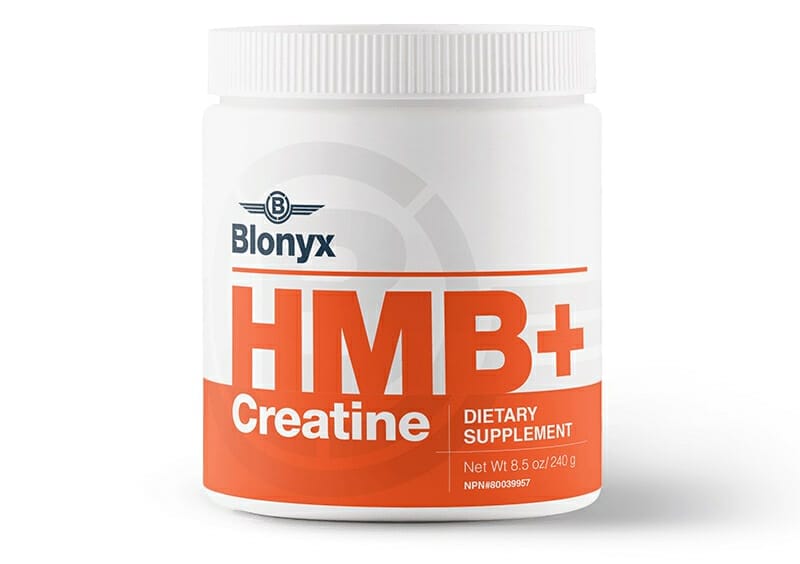
Last but certainly not least are supplements. The reason why I’ve listed them last isn’t because I want to discredit their effectiveness, but to make clear that pills and powders are meant to supplement — and not be a replacement for — the methods I’ve mentioned above.
There are several supplements that can have a major impact on your recovery — assuming you’re doing everything else right already.
You probably know of some of those supplements, such as high-quality protein powders or amino acids, BCAAs, etc. But others, such as the ones mentioned below, you might not have even heard of.
β-Hydroxy β-Methylbutyrate (HMB)
A few weeks ago, the founder of Blonyx — one of the supplement brands I work with — asked me: “Michael, what do you know about HMB?”
Honestly, I had to respond by saying “nothing,” because I had never heard about HMB and its application to improve recovery.
HMB (or β-Hydroxy β-Methylbutyrate) is needed by the body to protect and repair muscle tissue. It is thought to do this by slowing muscle protein breakdown and speeding protein synthesis, and also by preserving the structural integrity of your muscle cells.
Blonyx has written an excellent article about HMB with links to various scientific research backing up its efficacy, so I won’t repeat those facts here.
What I will say is that I’ve been taking HMB+Creatine for almost a month now and have noticed less soreness after intense workouts.
Of course, my experience is merely anecdotal evidence because I don’t know how I would have felt had I not been using HMB. But considering the available research on the product, I think this supplement should be worth your consideration.
For regular workouts, I stick to fat and ketones as my primary source of fuel. The more I do that, the more efficient my body becomes with replenishing empty glycogen stores, even without the availability of carbs.
On days when I plan on really pushing myself in the gym, I often leverage exogenous ketone supplements for an extra boost.
Myths and Misconceptions
The internet is full of people who have nothing (of value) to say, but who say a lot anyway. As a result, you can read about many “alternative” truths: in other words, myths and misconceptions that are portrayed as facts.
Here are some of the myths that I have come across while researching for this article.
Never Work Out While Fasting Because You’ll Lose Muscle Tissue

There’s a big misconception among amateur athletes that working out while in a fasted state has a dramatic catabolic effect. In other words, people are afraid to lose muscle tissue and thus negate any previous gains.
While it’s true that the body runs out of stored glycogen after 8-10 hours of fasting and starts synthesizing glycogen from amino acids stored in muscle tissue or odd-chain fatty acids, the negative effects of a 16 to 30-hour fast are negligible compared to the benefits of intermittent fasting.
On the flip side, intermittent fasting increases the production of human growth hormone, a key driver in building and maintaining lean muscle mass.
What’s more, studies have demonstrated that fasting doesn’t decrease lean muscle tissue at all. In fact, fasting can lead to an increase.
I’ve been fasting for 16 hours almost every day for the past seven or eight months, and the only thing I’ve lost is fat. A few weeks ago, I started adding in a 36-38 hour fast once a week and I still haven’t noticed any negative impact on my muscle volume or strength.
However, my body fat dropped from 13% to 12%.
You Need Carbs When You Exercise
For some types of exercises, carbs are the best source of fuel. But that’s not universally true. For example, endurance athletes can use fat as fuel just as efficiently as glucose.
Plus, unless you’re an elite athlete, your primary concern should be health and longevity and not beating your buddies at the gym.
I’ve written extensively about the best diet to improve strength and performance and what that means for regular fitness enthusiasts like me. So check it out if you’d like to learn more about that topic.
Consuming Alcohol Improves Sleep
Alcohol is a sedative. That means it makes you sleepy and, in turn, fall asleep quicker. Unfortunately, that’s the only benefit of alcohol as far as sleep is concerned.
On the flip side, alcohol significantly impairs the body from getting and remaining in the restorative phases of sleep. And as we learned above, not getting enough quality sleep ruins any attempt to recover.
That’s why I highly recommend staying away from alcohol if you’re trying to recover from a game or competition.
If you like having a drink to relax in the evening, consider a high-quality alternative like Hard Ketones. It’s made with special kind of alcohol that actually has positive health effects and can help improve sleep and recovery. (Plus, it tastes like the “real” thing.)
Frequently Asked Questions
That depends on what your health and fitness goals are. I usually never eat before or after a workout because of my fasting schedule. However, if maximum performance and recovery are your primary goals, I’d eat or drink high-quality carbs and protein right after a workout.
Muscle soreness means that you damaged muscle fibers. What that means regarding the quality of the workout depends mainly on what you do next. If you eat and sleep well following such a workout, you’ll reap the benefits by supercompensating and growing muscle tissue.
But if you drop the ball and go party instead of hitting the sack, you’ll render the workout useless.
Foods that contain high-quality sources of animal protein are what I’d recommend. However, since your body digests most protein relatively slowly (depending on the type of protein), I’d consider having a protein-rich meal before a workout.
That way, your body has ample time to digest the protein and break it down into amino acids that it can use to rebuild and repair muscle tissue after the workout.
If you’re on a low-carb diet, I’d stay away from eating carbs after every workout and, instead, let gluconeogenesis take care of the body’s glycogen demands.
Adequate sleep after exercise is important because the body releases many anabolic hormones, such as testosterone and growth hormone, while you sleep. Without adequate levels of those hormones, your body won’t recover properly and muscle growth will be impaired.
I haven’t seen any evidence to suggest that a consistent exercise routine helps with maintaining weight.
Humans are creatures of habit and thrive on routines. That’s one of the reasons why a consistent sleep routine is so important. However, from an evolutionary perspective, humans didn’t eat or exercise (hunt for food) at the same time every day. So, I recommend mixing up when you eat, fast and exercise.
Some people advocate for chocolate milk as effective post-workout nutrition because of the carbs and proteins in milk. While milk has plenty of insulin-spiking sugar and protein, I think it’s a poor choice.
The primary source of sugar in milk is lactose, and most adults lack the enzyme (lactase) that’s necessary to break it down and digest it. That’s why you get bloated and have an upset stomach after consuming dairy products.
The second issue with milk is casein, one of the two proteins it contains (the other one is whey). Casein beta-A1 — the form of casein found in most cows’ milk — causes inflammation.
So if you feel in need of a post-workout drink, consider a high-quality protein powder mixed with water and maybe a splash of honey. You could also consider one of the carb supplements I mentioned above, but I wouldn’t use them on a daily basis for the reasons I already went over.
Check out this article to learn more about the health pros and cons of milk.
A hot bath certainly can help you relax, increase the blood flow in the skin and outer muscle tissue, and help decrease your core temperature. The latter can help you to fall asleep quicker. I also recommend leveraging magnesium bath salts, such as the one from Ancient Minerals, to aid in recovery and improve sleep quality.
However, I doubt that hot water can penetrate deep muscle tissue to increase blood flow in those areas.
Besides listening to cues from your body, I recommend using a reliable fitness tracker that can use heart rate variability (HRV) to calculate your personal recovery score. I’m a huge fan of WHOOP, a fitness tracker that I rely on to plan my workout schedule and sleep routine. You can learn more about WHOOP in this in-depth review.
Also, check out this list of hacks for improving your HRV.
Depending on your fitness goals, it’s OK — and sometimes, even necessary — to work out twice a day. I used to work out 13 times per week when I was a professional athlete. Of course, working out twice a day doesn’t necessarily mean you should kill yourself at every workout or skip the proper recovery protocol.
You can eat whatever you like after a workout, as long as it’s healthy and nutritious. So stay away from processed foods and, in particular, processed carbs — unless you use them strategically to replenish your empty glycogen stores.
In a nutshell, make sure you’re eating high-quality food, such as proteins and fat from pastured or wild-caught animals and organic vegetables.
You shouldn’t do anything after a workout that would prevent your body from recovering. In particular, that means depriving your body of sleep or intoxicating it with alcohol or other drugs.
How to Recover From a Workout Faster: Final Thoughts
The best ways to enhance and speed up recovery are to sleep well and eat well. Also, don’t forget about the right breathing technique.
Doing only those two things is enough for most casual athletes. If you’re a serious fitness enthusiast who enjoys crushing it at the gym five to seven times a week, I also recommend making active recovery a part of your fitness routine.
To further improve and squeeze the last bit of recovery potential out of your body, or if you’re a competitive athlete, certain supplements can give you an extra boost.
I consider myself a serious fitness enthusiast and so I employ all the strategies I’ve mentioned above. I also enjoy experimenting with new techniques and products as I stumble across them, so check back here from time to time as I’ll update this article with new findings.

Michael is a healthy living enthusiast and CrossFit athlete whose goal is to help people achieve optimal health by bridging the gap between ancestral living and the demands of modern society.
Medical Disclaimer
The information shared on this blog is for educational purposes only, is not a substitute for the advice of medical doctors or registered dieticians (which we are not) and should not be used to prevent, diagnose, or treat any condition. Consult with a physician before starting a fitness regimen, adding supplements to your diet, or making other changes that may affect your medications, treatment plan or overall health. MichaelKummer.com and its owner MK Media Group, LLC are not liable for how you use and implement the information shared here, which is based on the opinions of the authors formed after engaging in personal use and research. We recommend products, services, or programs and are sometimes compensated for doing so as affiliates. Please read our Terms and Conditions for further information, including our privacy policy.